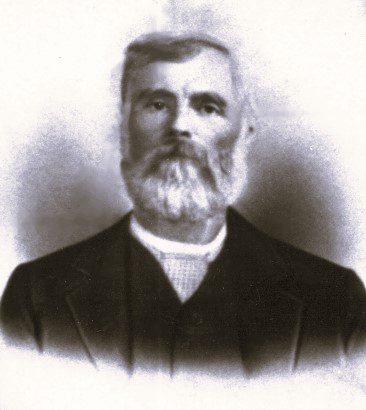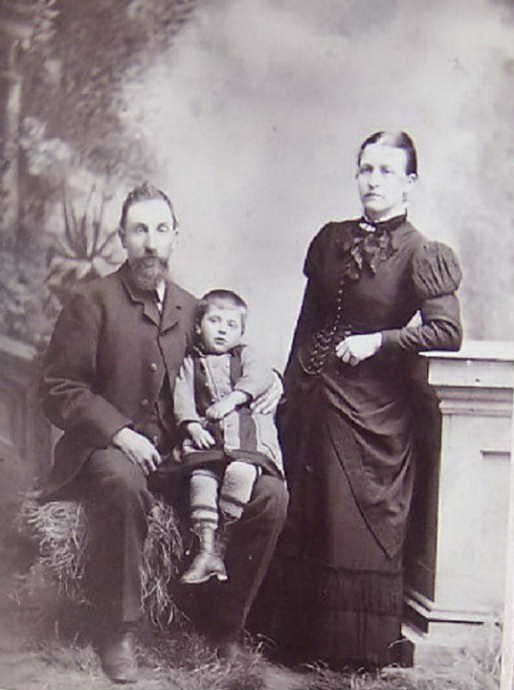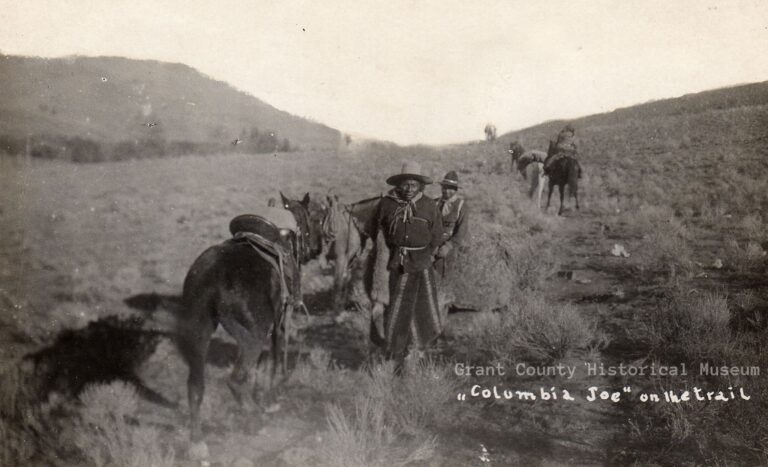Back in February I had posted the following to the Family Trails Genealogy Facebook group:
History of Aldrich Mountain and the Death of Oliver Aldrich –
Aldrich Mountain received its name in the 1860s. After Billy Stewart moved into the Murderers Creek country from the Dayville area, he built a cabin and some corrals and bought some purebred shorthorn cattle.
ln 1867, 3,500 Paiute Indians gathered to steal horses and prepare for an Indian War in Idaho. The war’s beginning stemmed from white encroachment at the beautiful Big Camas Prairie in Idaho. Chief Buffalo Horn convinced 200 warriors that things with the Whites had gone too far. Conflict quickly moved to Oregon and up to Washington. In 1878 Bannocks from Idaho and Paiutes from Harney County invaded Grant County. Billy vacated his cabin and took to the rims north of the ranch and watched the Indians kill his cattle and steal his horses.

Two Indians finally found his tracks. Billy saw them and deliberately led them through a narrow pass under a cliff. The Indians did not come through the pass, and he escaped.
Later, the Indians spread out and began circling a point on Aldrich Gulch in an attempt to surround sixteen mounted ranchers led by a man named Cummings. The ranchers had been organized to drive the Indians off the range.
The ranchers fled when they were confronted by the Indians. A young man named Elmer Oliver Aldrich was killed by the Indians. Later, the ranchers returned and found Aldrich’s mutilated body.
Today a rock mound in the gulch marks the spot where Aldrich was killed. The gulch is called Aldrich Gulch and lies on the southwest slope of Aldrich Mountain (USFS Files).
Barely six months earlier, this 19 yr. old had married Louisa Eleanor Officer 1857-1922, and she bore him a child he never got a chance to meet.
These are the types of stories that get passed down in families and show up in the older history books and newspaper stories that covered the establishment and growth of settlements in what was once the Oregon Territory. Those stories, however, cannot be wholly taken at face value, for bias, exaggeration, the “telephone game” all warped the actual events, eventually becoming the stories told to the children and passed on.
Kenneth Porter tackled these discrepancies and exaggerated stories with an in-depth examination of newspaper articles and first-person interviews to untangle the stories and understand the myriad factors that influenced the creation of those stories. In his 1977 publication, The Boys’ War: A Study of Frontier Racial Conflict, Journalism, and Folk History, he examined what he called “the last Indian fight in Oregon” which occurred not long after Aldrich was murdered.


Eli, who has been in the fight at Murderer’s Creek where young Aldrich was killed, and his brother Robert were two of the many that had struggled in conflict with the Indians who sought to drive the Whites from their ancestral lands. Robert’s sons, Dean and Charlie were a driving force in the “posse” that pursued a small group of Indians, who were travelling innocently through the countryside, much in the fashion as portrayed in the photograph of Columbia Joe at the beginning of this story.
One of things so fascinating to me in reading Porter’s article are the names mentioned, names within my own family: Officer, Magill, Stewart, Welsh, Cutting, Mosier, Laycock, Luce… It is from studying all these ancestors that I find the stories of their lives, their joys and their struggles in settling that rugged land.
But Porter’s study is important, not just because it tells of my own family, but because it so clearly attempts to filter fact from fiction. In doing so it reminds us that the racial conflict of those times occurred because of both sides. It occurred because one side brought the zeal of Manifest Destiny to this new land, and the other side responded broken-hearted at the loss of their ancestral lands. It shows that the stories we tell our children, and pass on while we do family research, may not be as well founded as we believe them to be.
In that spirit, I offer here, that remarkable story of “the last Indian fight in Oregon.”
Credit – Porter, K. W. (1977). “The Boys’ War”: A Study in Frontier Racial Conflict, Journalism, and Folk History. The Pacific Northwest Quarterly, 68(4), 175–190. http://www.jstor.org/stable/40489601
Additional Reading –
“To the Brink and Back – The Bannock War Pounds at the Door to Washington Territory” By Michael McKenzie
“Confederated Tribes of the Colville Reservation – A Brief History” Website. Detailed history and a large collection of photographs created by Trisha Johnson and revised by the Tribe’s History/Archaeology Department, 2024
“Northern Paiutes of the Malheur” by David H. Wilson Jr. “In this well-researched and meticulously argued history of the Northern Paiutes who were involved in the 1878 Bannock War, David Wilson constructs an ethnographic record of what transpired before and during that war.”—Sondra Cosgrove, Nevada Historical Society Quarterly. Clicking the link takes you to the Oregon Trail Genealogy affiliate store.



